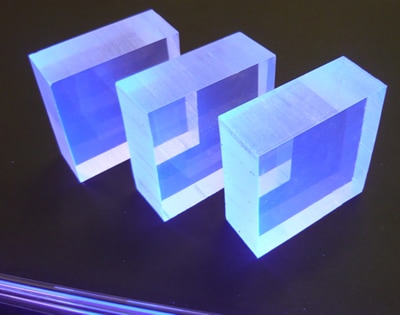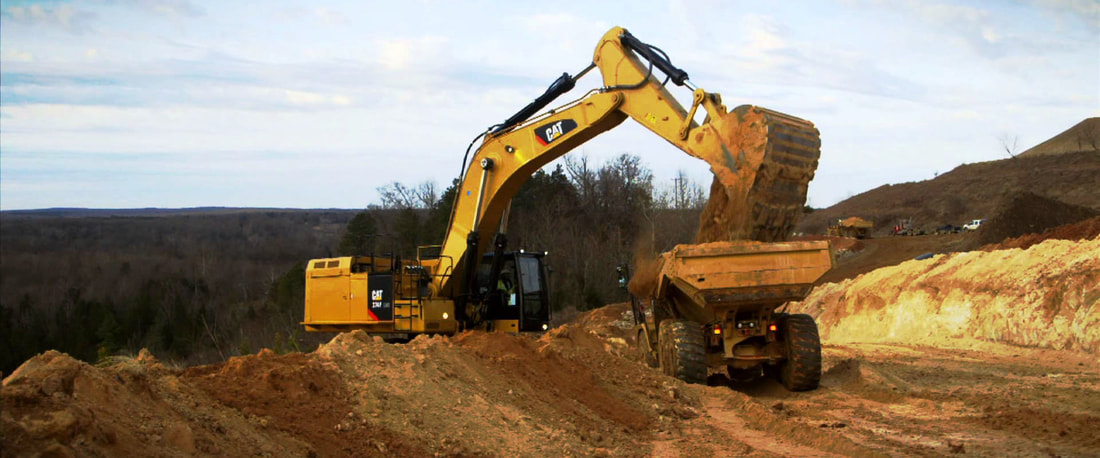Robotics for DDD ApplicationsLevel: CS791
Overview: The goal of the course "Robotics for DDD Applications" (DDD standing for Dull, Dirty and Dangerous) is to introduce students into the challenges and specific aspects of designing and implementing robotic systems capable of addressing challenging and often dangerous applications. Of particular focus is robotics for a) monitoring, inspection and maintenance activities in nuclear sites, mining and vessel environments, as well as b) robotics for work-task execution in construction sites, mines and nuclear facilities. The course lectures will cover topics related to a) robot design, b) state estimation, c) control, as well as d) mission-specific sensing (namely radiation detection) and multi-modal map fusion. |
|
The course is divided into the following sections:
Student projects: Significant component of the course load will be related with the accomplishment of a semester-long project with one intermediate presentation and a final report and presentation. Indicative project examples include
The course will be provided first time from Fall 2017. Interesting students please contact us at [email protected] Lectures:
Grading:
|
Study links• TBA
|
Open-Source Code• TBA
|
More• TBA
|


